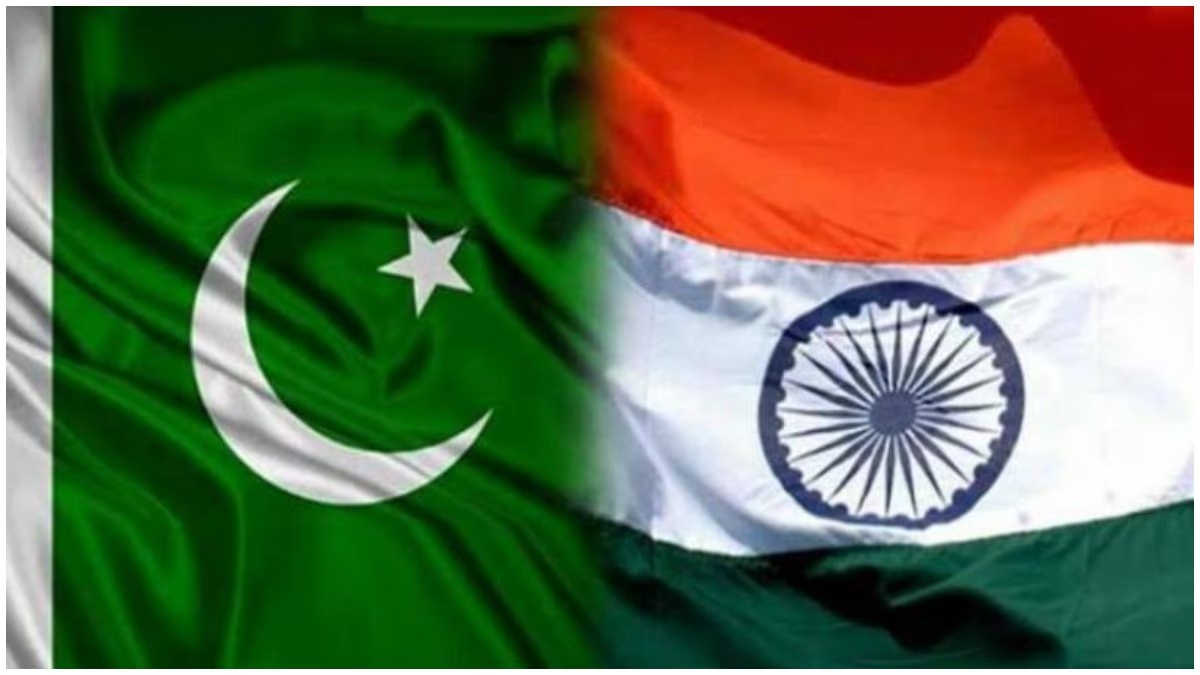India and Pakistan have reached an agreement on a ceasefire. But what exactly does a ceasefire entail? In essence, it is a term synonymous with peace, signifying an end to war or conflict. It's essentially a formal agreement.
A ceasefire or truce is an agreement that regulates or terminates all military operations over a designated area for a specific timeframe. This truce can be declared unilaterally or negotiated between the conflicting parties. Sometimes, ceasefires are short-lived, while other times, prolonged ceasefires can pave the way for lasting peace.
Understanding Ceasefire
The term 'ceasefire' is seldom used, though it has a nuanced meaning. A ceasefire is a military agreement aimed at halting hostilities and restoring peace across the entire war zone for an agreed duration. A ceasefire is akin to temporarily reinstating peace between two countries, which, if extended, aids in permanent peace restoration.
Ceasefire as a Prelude to Dialogue
The declaration of a ceasefire aids in peacekeeping and setting a conducive environment for dialogue between warring nations. Often, it is implemented with mutual consent from both countries to facilitate negotiations or through the intervention of a third nation or state, fostering a dialogue for sustainable peace.
Ceasefire for Limited Purposes
Occasionally, ceasefires are enacted amid ongoing conflicts to allow the evacuation, exchange, and transport of wounded or ill individuals. Thus, a ceasefire should not be perceived as the definitive end of a conflict. However, in scenarios like proxy wars and cross-border firing, a prolonged ceasefire often indicates a shift towards peace restoration.




